Staying the Course
- Print Edition
- July 1, 2022
- 0
- 10 minutes read
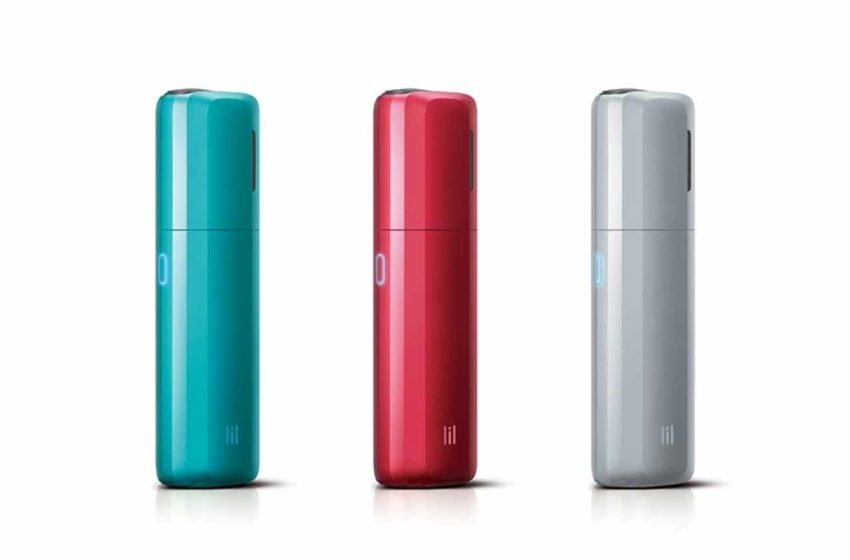
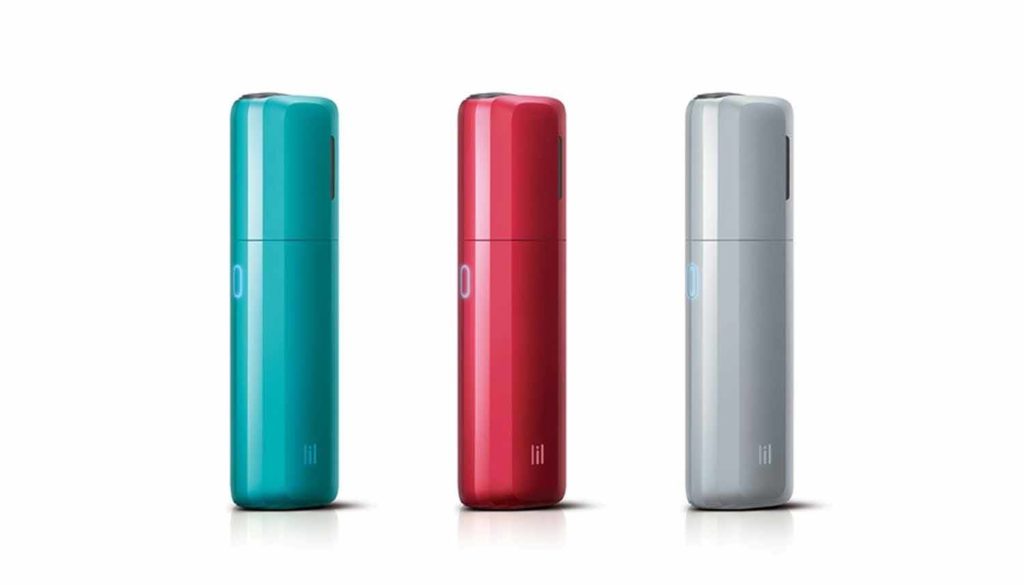
KT&G continues to make progress toward its ambition of becoming a top-tier global player.
By Stefanie Rossel
It’s an ambitious goal: By 2025, South Korea’s leading cigarette manufacturer, KT&G, wants to play in the top tier of global tobacco companies. At the time of writing, the company appeared to be well on track to achieve its ambition, weathering unprecedented macroeconomic challenges along the way.
In the first quarter of 2022, KT&G’s sales soared to krw1.4 trillion ($1.11 billion), an increase of 16.1 percent over the same period in 2021. Operating profit stood at krw333 billion, up 6.3 percent year-on-year. The double-digit growth in sales was driven by strong exports and the performance of KT&G’s overseas cigarette subsidiaries as the company concentrated on the global business arena.
KT&G sold 11.5 billion cigarettes overseas in the first quarter of 2022, a 43.8 percent increase over the same quarter last year. “Amid an easing pandemic situation, demand for cigarettes has increased in the Middle East, Asia-Pacific and Indonesia,” a KT&G spokesperson told Tobacco Reporter. “Total overseas sales—krw226.3 billion—were up 62.6 percent compared to the same quarter last year. The dramatic increase can be explained by the volume increases in high average selling price regions, such as [the] Middle East and Asia-Pacific.”
Covid-19 brought about significant challenges for KT&G. In response, many parts of the company, from daily operations to engagement with business partners, underwent major changes.
One of the most difficult challenges, according to KT&G, was to expand its global business amid a pandemic. Despite the situation, the company added 23 new export markets in 2020 alone—a remarkable accomplishment given that many countries imposed nationwide lockdowns during that year. Since face-to-face meetings with overseas business partners and physical market visits were impossible, the company had to strengthen its digital and online business model. It conducted rigorous market research on target markets and communicated with overseas business partners by utilizing digital platforms. KT&G even managed to establish a subsidiary in Taiwan in March 2021.
After experiencing the pandemic in 2020, KT&G set “resilience” as the keyword for its 2021 business management goal. “The keyword ‘resilience’ reflects our determination to not only recover from the negative impacts of Covid-19 but also leap forward and achieve greater advance amid the pandemic situation,” said KT&G’s spokesperson. “During last year, we tried to act fast and seize opportunities in the rapidly changing global economic order.”
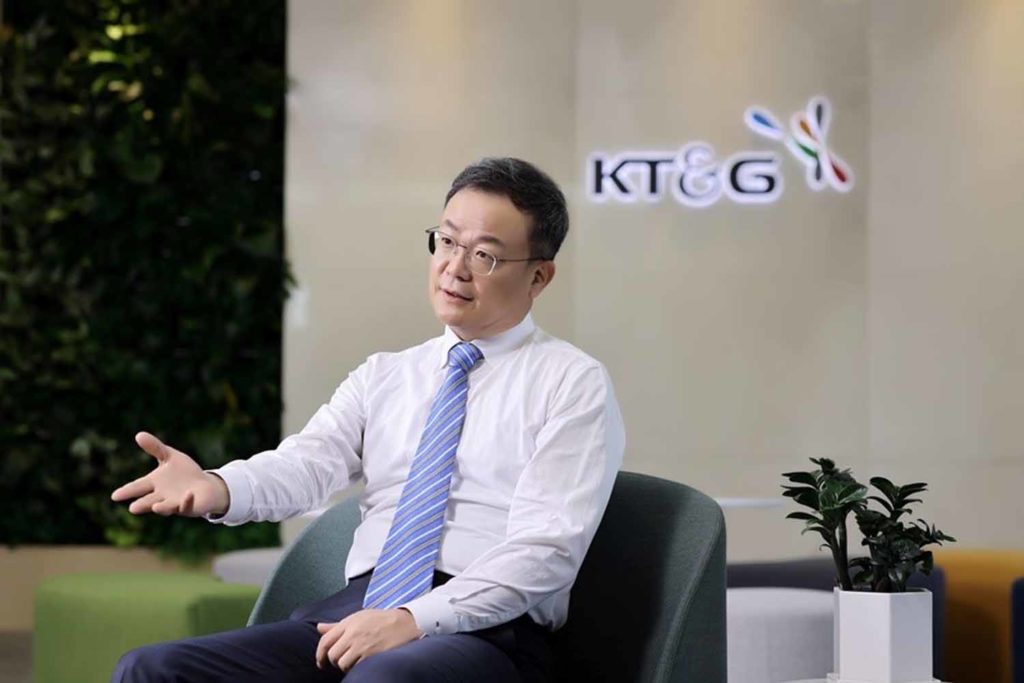
Strong Growth in Indonesia
KT&G’s long-term strategy to become the fourth-largest player in the global tobacco industry is comprehensive: Next to driving business diversification and maximizing both financial and nonfinancial values, the company intends to bolster marketing capabilities by channeling more investments into distribution networks as well as the marketing infrastructure in key markets, especially in its overseas subsidiaries in Indonesia, Russia and Turkey.
The plan appears to be working out for most of its overseas operations; growth in the first quarter of 2022 came mainly from KT&G Indonesia, the country’s sixth-largest independent kretek manufacturer, previously known as Trisakti. KT&G acquired Trisakti in 2011, thereby benefitting from the kretek manufacturer’s well-established sales network.
Indonesia holds great significance for KT&G, considering its market size. To increase its presence in Indonesia, KT&G is developing its brand portfolio to better satisfy local consumers’ needs while at the same time investing in the marketing and sales infrastructure.
The U.S. turned out to be a different story, however: Instead of expanding its distribution channels as envisaged, KT&G in December 2021 announced the suspension of its U.S. business, located in Fort Worth, Texas, for an unspecified period. KT&G says it is reviewing its U.S. business amid intensifying regulations and growing competition.
According to the Korea Herald, the decision will cost the company about krw205.8 billion in lost sales, representing around 3.9 percent of KT&G’s overall sales revenue in 2021. Furthermore, the newspaper reported, mandatory tobacco escrow accounts for smoking-related legal settlements had added burdens to the already difficult business environment. A KT&G spokesperson told Tobacco Reporter that the company will offset the lost U.S. business by focusing on growth in new markets and other overseas subsidiaries.
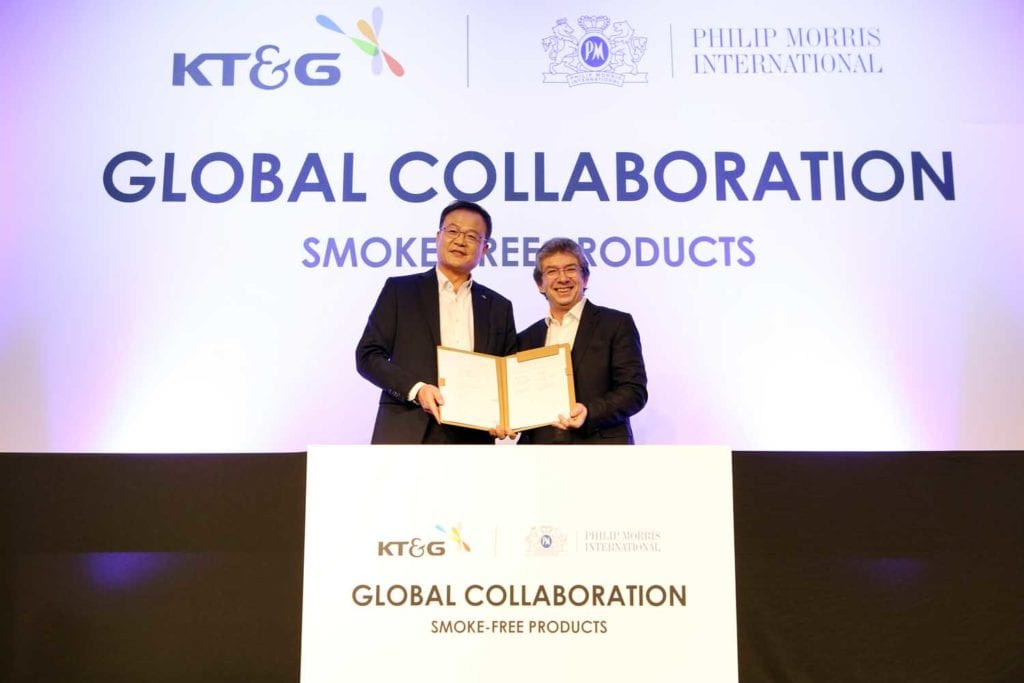
New Lil Variant Introduced
Unlike international competitors who have suspended or discontinued their operations in Russia after that country’s invasion of Ukraine, KT&G continues to operate its cigarette manufacturing plant in the Kaluga region, located about 150 km southwest of Moscow. The site has an annual production capacity of 4.8 billion cigarettes. Among other products, it manufactures KT&G’s leading Esse brand. According to KT&G, the war has had only a limited impact on its Russian operations because the factory is geographically far removed from Ukraine. KT&G said it was keeping a close eye on the situation to ensure that local business operation and employee safety are not compromised.
The company is not present with its brands in Ukraine but markets its heated-tobacco product (HTP) Lil in the country through a partnership with Philip Morris International.
In early 2020, KT&G and PMI entered into a three-year supply and distribution contract to commercialize KT&G’s Lil products outside of Korea. Lil first launched in Russia, Ukraine and Japan—in the same year the agreement was signed. A year later, the product was commercialized in 10 more international markets. Today, the product is present in 25 markets. KT&G says it is strengthening its R&D and device technology in order to satisfy various needs of global consumers. Since 2017, it has filed over 3,000 patents related to heat-not-burn technology. With the commercialization of Lil in Europe, KT&G has stepped up its patent filings on the Old Continent as well. Last year alone, the company filed 233 patents in Europe.
One of the results of the company’s R&D efforts is Lil Hybrid EZ, which debuted in South Korea in May. Lil Hybrid EZ shares the same platform with the original Lil Hybrid. Just like the original Lil Hybrid, it features a “Smart On” system, which instantly starts heating the stick as it is inserted. The differentiator is price: Lil Hybrid EZ is offered at a more affordable price point without compromising the quality, according to KT&G.
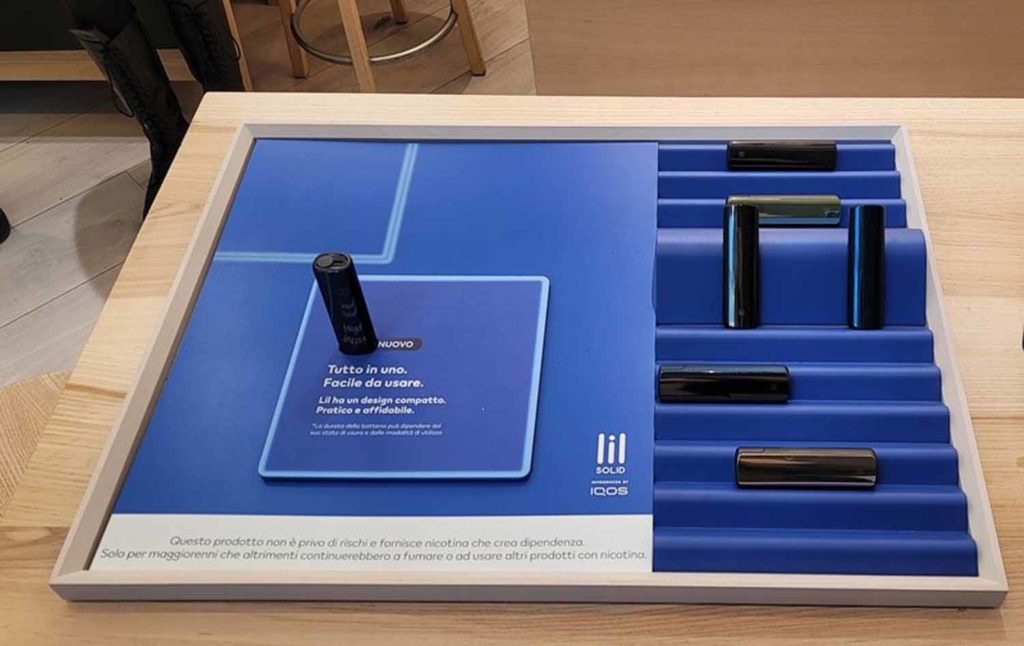
Increasing Domestic Share
Despite challenging times, KT&G has managed to expand into many new markets. In 2019, the company’s products were present in around 80 countries. In 2020—after the outbreak of the coronavirus—KT&G’s geographic footprint grew to cover 103 markets, many of them in Europe and Africa. Today, KT&G is present in more than 120 countries. But the company insists it is not merely looking to increase the number of export destinations. Rather, KT&G is invested in expanding sales coverage and elevating market presence in each market in a qualitative manner, according to a company spokesperson.
KT&G has also managed to strengthen its domestic leadership by expanding its brand portfolio of low-tar/low-nicotine and “smell-down” products. South Korea’s market for combustible cigarettes declined by 2.7 percent in the first quarter of 2022 compared to the same period last year due to a shift in consumer demand toward HTPs. Despite this, the company managed to grow its market share by 1.2 percent to 65.7 percent.
Amid intensifying competition in the market, KT&G says it strives to maintain its leadership position and competitiveness in the domestic market by improving its products’ quality and developing a brand portfolio that aligns with market trends. It is continuously adding new low-tar and low-nicotine, “smell-down” and super-slim variants to its main brands, Esse, Raison and Bohem.
The “smell-down” segment is typical of South Korea. KT&G has developed various technologies, such as the cigarette breath reduction technology and a “finger zone” on the tobacco rod that reduces cigarette smell on fingers. Most of the newly launched combustible products produced by KT&G and other cigarette manufacturers in Korea come with such smell-down features. The potential of such technologies overseas will depend on the regulatory and competitive environments of the target markets, according to KT&G.

